
How smart technology tackles loneliness among older people
Loneliness among the elderly is a growing public health crisis. However, smart technology can help. From personal alarms to AI-driven sensors and social robots, technology enabled care offers innovative ways to support independence, wellbeing, and meaningful human connection.
Older adults today are healthier and more active than ever before. But an ageing population brings new challenges. Among the most urgent is loneliness – a silent epidemic that impacts millions of elderly people worldwide.
Technology enabled care offers a transformative solution, not only enhancing independence and safety but also directly addressing social isolation. According to studies, loneliness can be as harmful to health as smoking or obesity. It increases the risk of heart disease, depression, cognitive decline, and premature death.
During the COVID-19 pandemic, social distancing highlighted the isolation faced by many older people. Now, as the world has opened up again, it’s vital we rethink care – placing connection and compassion at the core, with technology as a key enabler.
What is technology enabled care?
Technology enabled care is defined as digital technology that contributes to a greater quality of life for the elderly and those living with a disability. At Careium, we adopt this definition while focusing on how it promotes safety, independence, and social inclusion.
Technology enabled care includes:
- Personal alarms
Small, wearable devices that allow older and vulnerable adults to call for help at any time – whether they’ve fallen or feel unwell. These alarms give peace of mind to both users and their families. - Night-time activity monitoring
Cameras and motion sensors reduce the need for physical night visits, preventing sleep disruption and allowing carers to check in remotely and securely. - Medication management devices
- Timely reminders help ensure that medication is taken as prescribed, reducing hospital admissions and promoting better health outcomes.
- GPS tracking alarms
- Essential for individuals with dementia or memory issues, these devices help locate someone quickly if they leave the home or become disoriented outdoors.
- Smart home technology
Systems that automatically adjust lighting, lock doors, or alert carers if something is wrong. These small features promote both autonomy and safety. - Robotic companions and tools
Includes everything from robotic pets that reduce anxiety, to automated vacuums and even humanoid robots that offer reminders, entertainment, and companionship. - Artificial intelligence for health monitoring
AI can detect changes in behaviour – such as decreased movement, irregular toilet visits, or lack of eating – which may signal health issues or depression.
Discover our full range of telecare accessories.
Why technology enabled care is essential for ageing populations
The demographic challenge
By 2050, the number of people over 80 will more than double in many countries. In Germany, this age group will grow from 8% of the population in 2030 to 13% by 2050. Meanwhile, fewer younger people are available to provide care.
Staying at home longer
Most older people wish to remain at home. However, as home care recipients become more spread out, it’s harder to provide consistent, face-to-face contact. This can lead to increased loneliness – unless supported by smart solutions.
Technology enabled care as a cost-neutral quality boost
- Reduces unnecessary travel for carers
Smart monitoring means care givers can prioritise visits where help is actually needed. - Increases time for meaningful human interaction
With fewer routine checks, carers can focus on emotional support and companionship. - Reduces carbon emissions
A study that we conducted together with Lund University showed that digital monitoring reduces CO₂ emissions equivalent to one flight per year, per person. - Enables safer working conditions
Technology enabled care reduces the need for staff to make risky night-time visits or drive in poor weather conditions.
Personalised and proactive support
Smarter, data-driven devices
Sensors and wearables are now able to detect falls or sudden immobility, alert carers if eating patterns or hygiene habits change, track toileting frequency (which can indicate infections), as well as monitor sleep quality and movement.
These devices not only alert but analyse, allowing early intervention and reducing hospital visits by up to 80% in some trials.
Social and assistive robotics
Robots can lead group activities in care homes, help older adults remember to eat, hydrate, or take medication, provide entertainment or companionship and allow families and carers to check in remotely.
The most important benefit? Preserving dignity and independence, which is highly valued by older adults.
Real-life impact: Uddevalla municipality
Uddevalla, a Swedish municipality, has become a role model in integrating technology enabled care into elderly care. Led by Christer Fransson, their approach focuses on increasing quality of life rather than cost-cutting.
By introducing remote monitoring, they’ve reduced unnecessary visits while making residents feel safer and more independent.
“Technology enables us to spend less time driving and more time caring,” says Fransson.
Future plans include collecting anonymised health data to spot issues before symptoms arise. It’s a forward-thinking approach grounded in dignity and compassion.
Read more about Uddevalla and their use of technology enabled care.
The Loneliness Commission
The Loneliness Commission (Ensamhetskommissionen) is a politically independent national initiative founded in February 2021 to tackle involuntary loneliness among Sweden’s older adults. Its goals include mapping the scale of loneliness, raising awareness, and proposing concrete solutions through policy makers, campaigns, and community action.
With Careium as one of its founding partners, the Commission brings together experts – such as journalist Amelia Adamo, psychologist Ingmar Skoog, and other senior leaders – to unite technology, research, and lived experience.
Its impact is tangible: it prompted government funding for national loneliness mapping strategies, delivered policy recommendations at both municipal and national levels, and launched the “No one should have no one” (Ingen ska ha ingen) campaign – encouraging simple acts of connection
Policy recommendations
- Reform home care services
- Include companionship and social time as core outcomes of care plans. Use tech to free up time for meaningful human contact.
- Focus on prevention
- Equip older people with technology enabled care such as GPS alarms or activity trackers early – before crises occur.
- Create national standards and support systems
Ensure privacy, safety, and equality in access to technology across regions. Propose a national knowledge centre. - Invest public funds to bridge the digital divide
Rural and small communities must be included through government-backed funding. - Support training at all levels
Technology enabled care requires new roles – support workers who understand both care and tech. - Mandate loneliness prevention policies
Make it a requirement in public tenders that providers show strategies for reducing social isolation.
Final thought: Let’s make every saved minute count
Technology enabled care saves time. But the real win is what we do with that time. Every minute saved by automation should be reinvested in human connection – a visit, a chat, or a helping hand.
If we approach technology enabled care not as a cost-saver, but as a humanity amplifier, we’ll not only care better – we’ll care smarter.
Last updated: July 4, 2025
Discover more
- Learn more about our Technology enabled care solutions.
- Explore how remote monitoring is a discreet and cost-effective alternative to home care.
- Read about our vision for the future of care.
Download whitepaper (original):
Combating loneliness with technology enabled care
More White papers
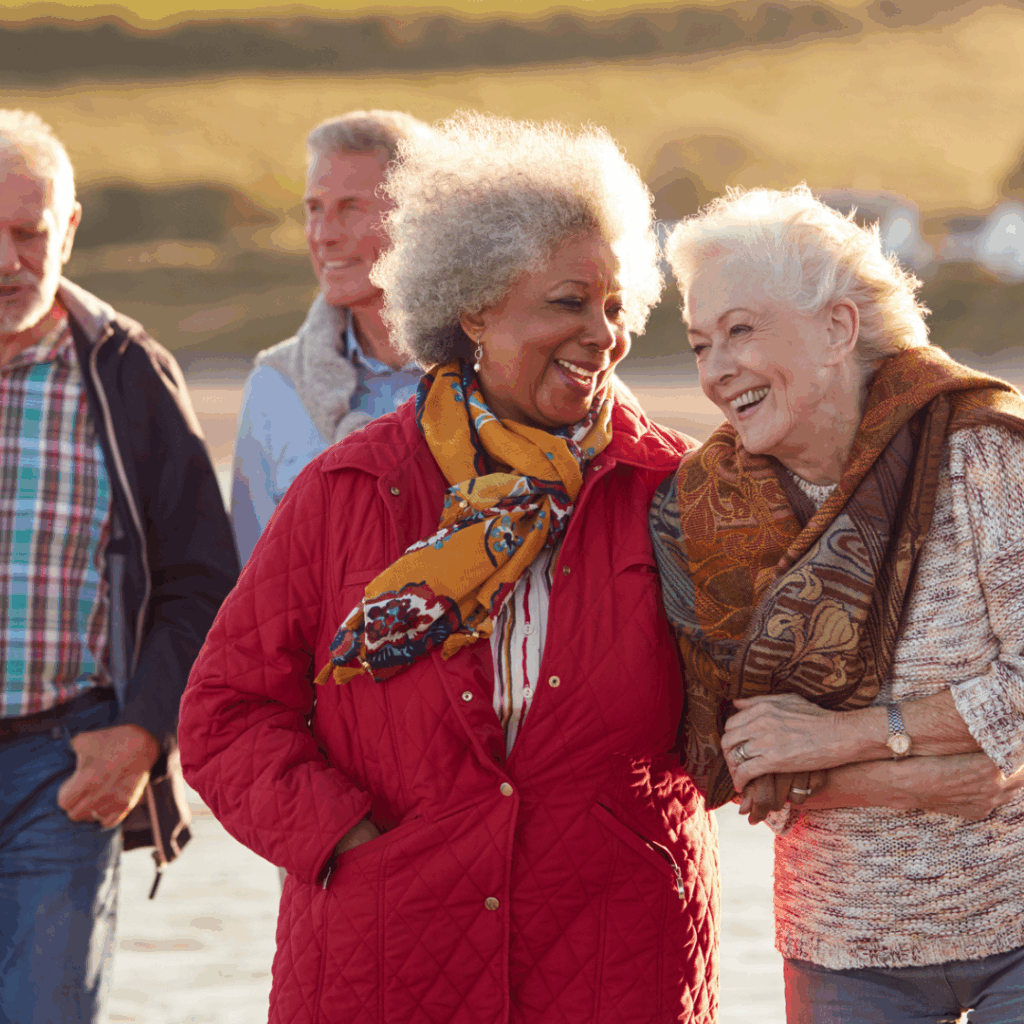
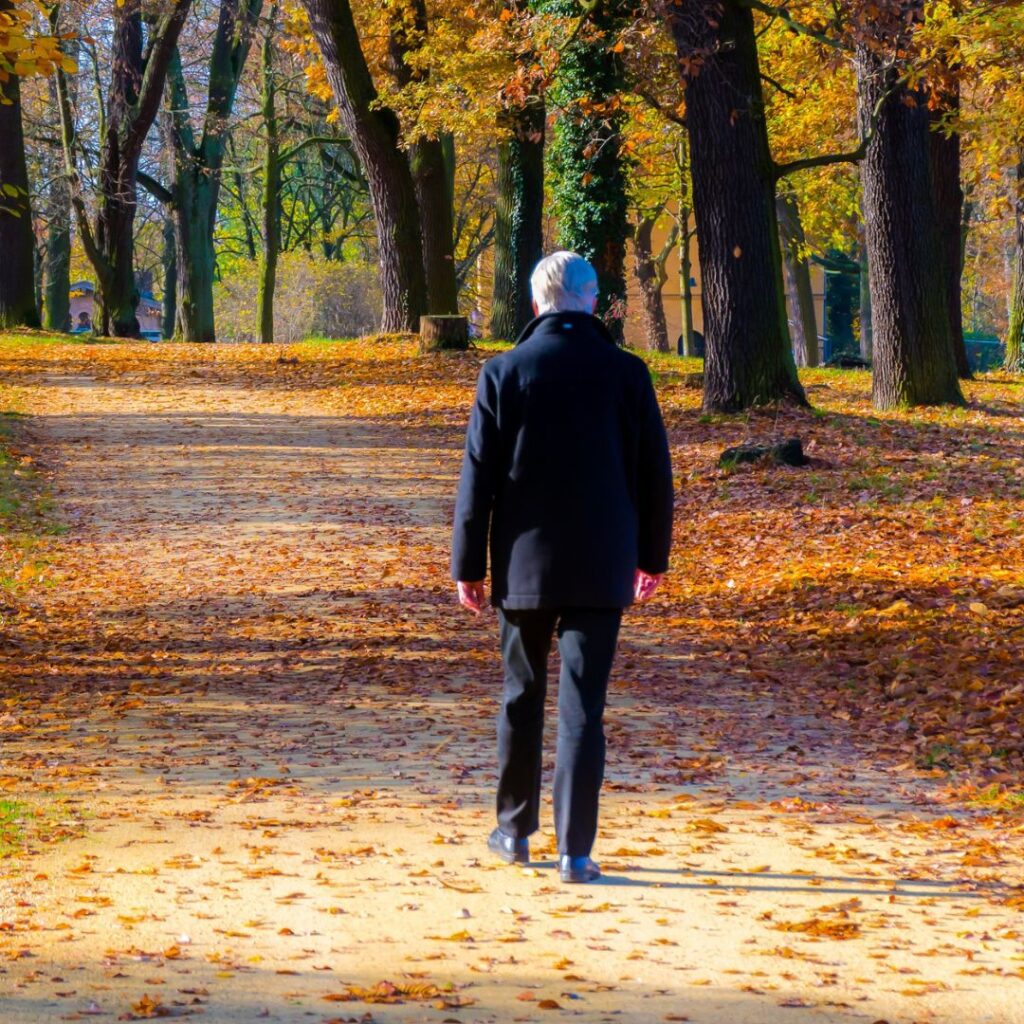
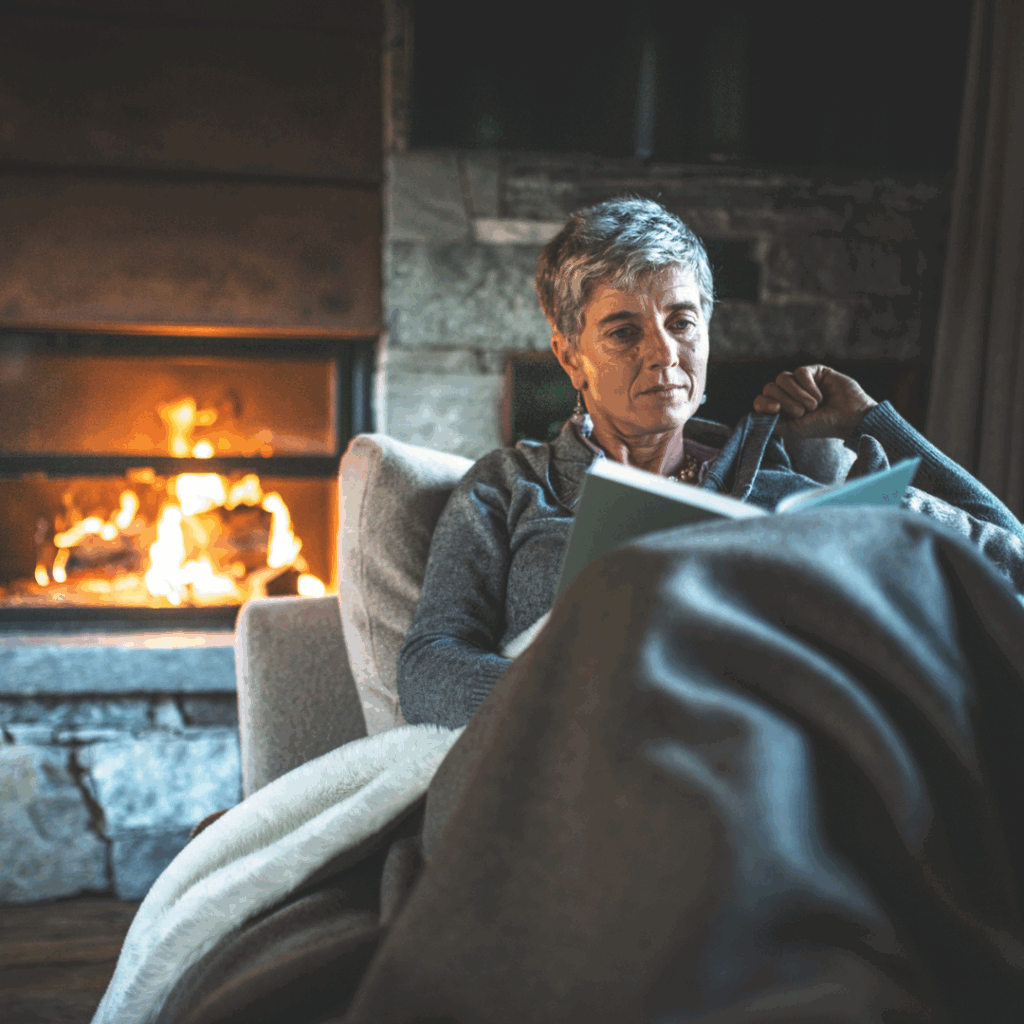

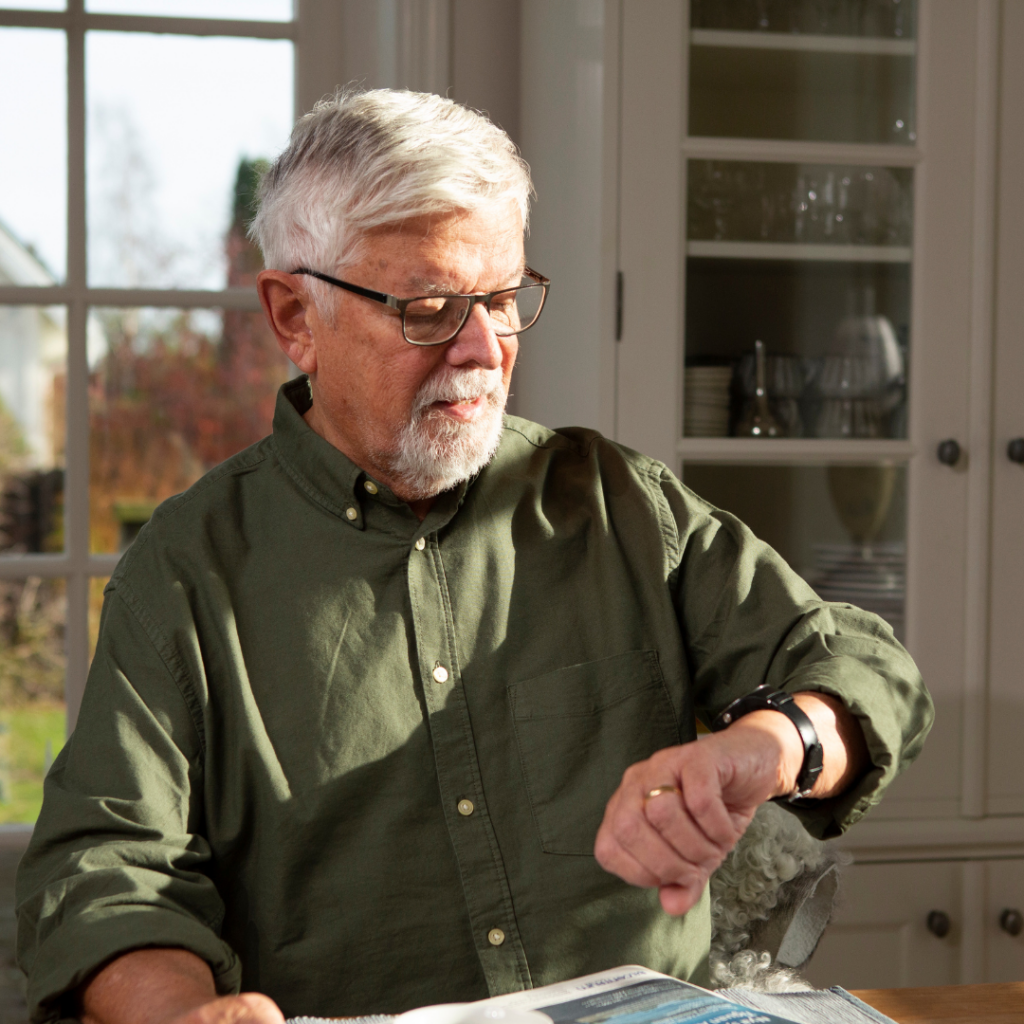
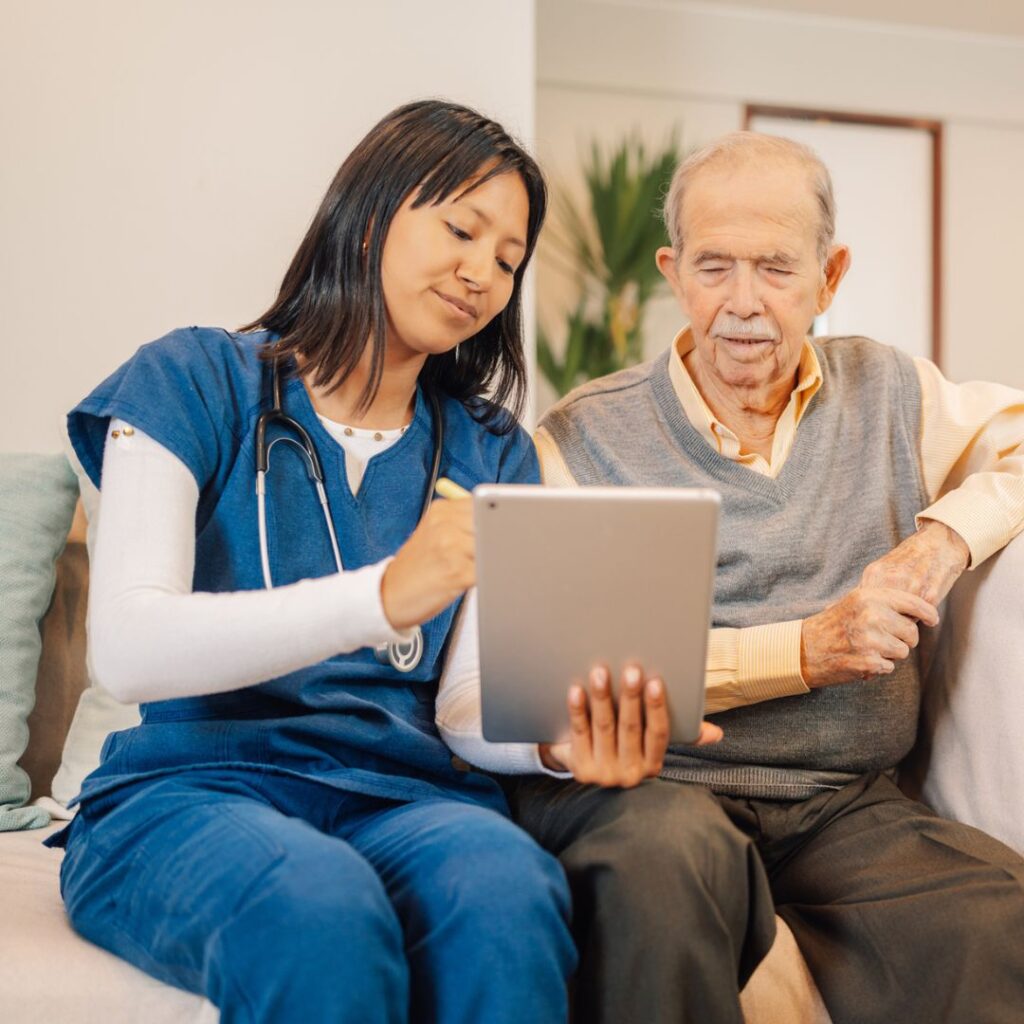

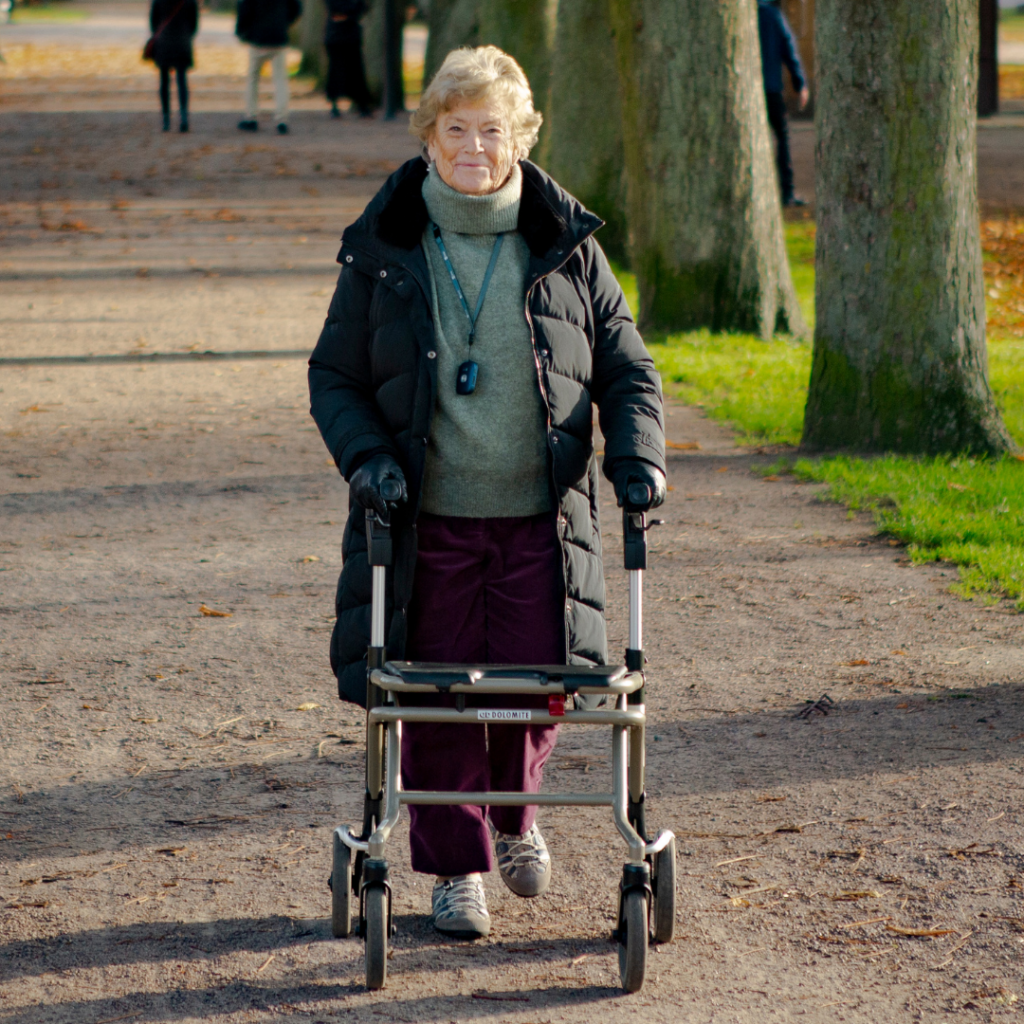
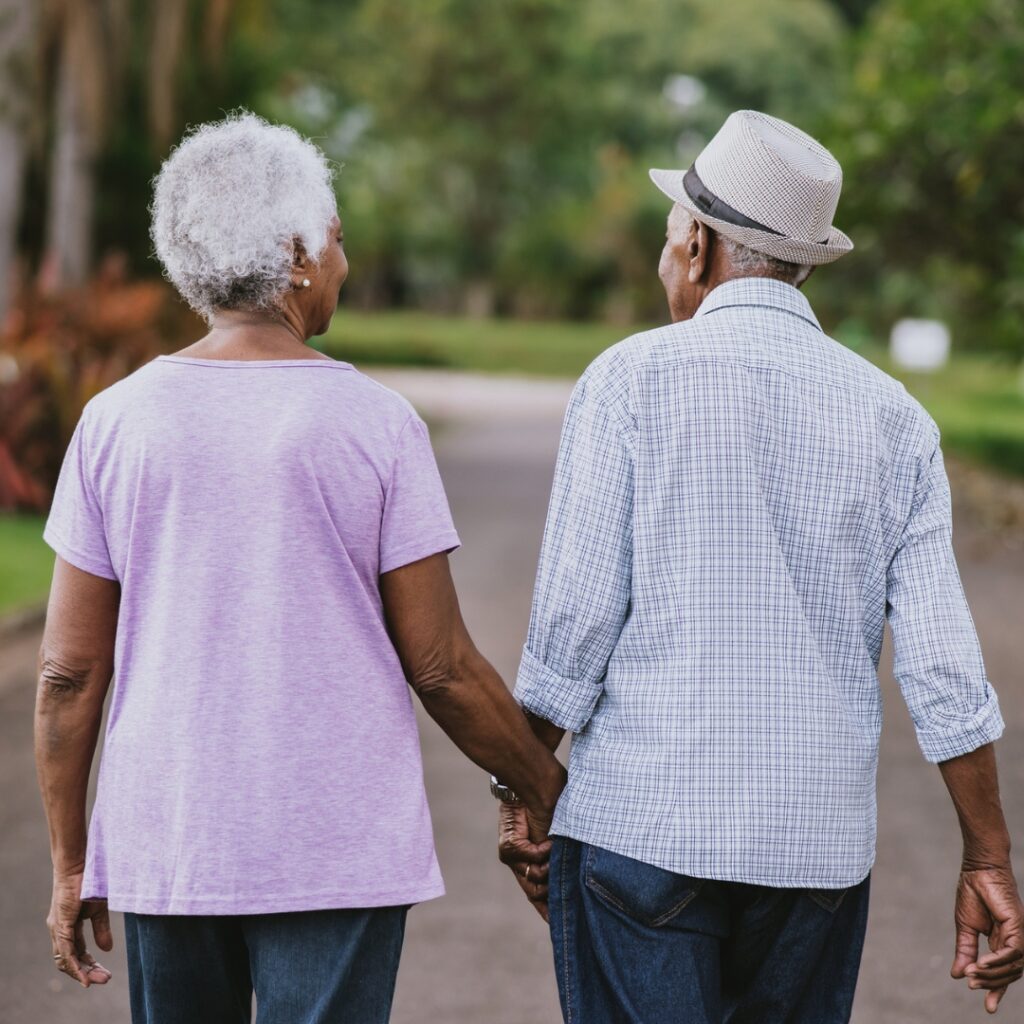
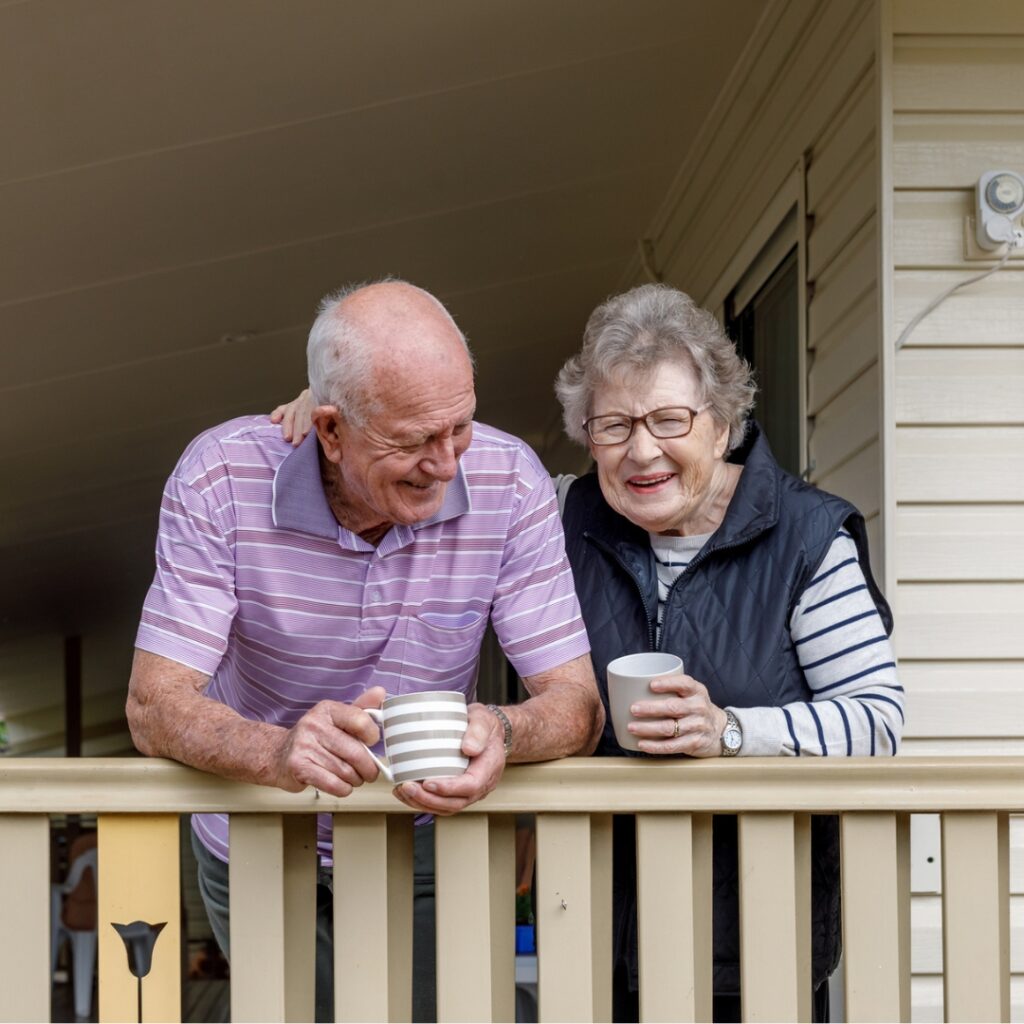

 International
International
 France
France
